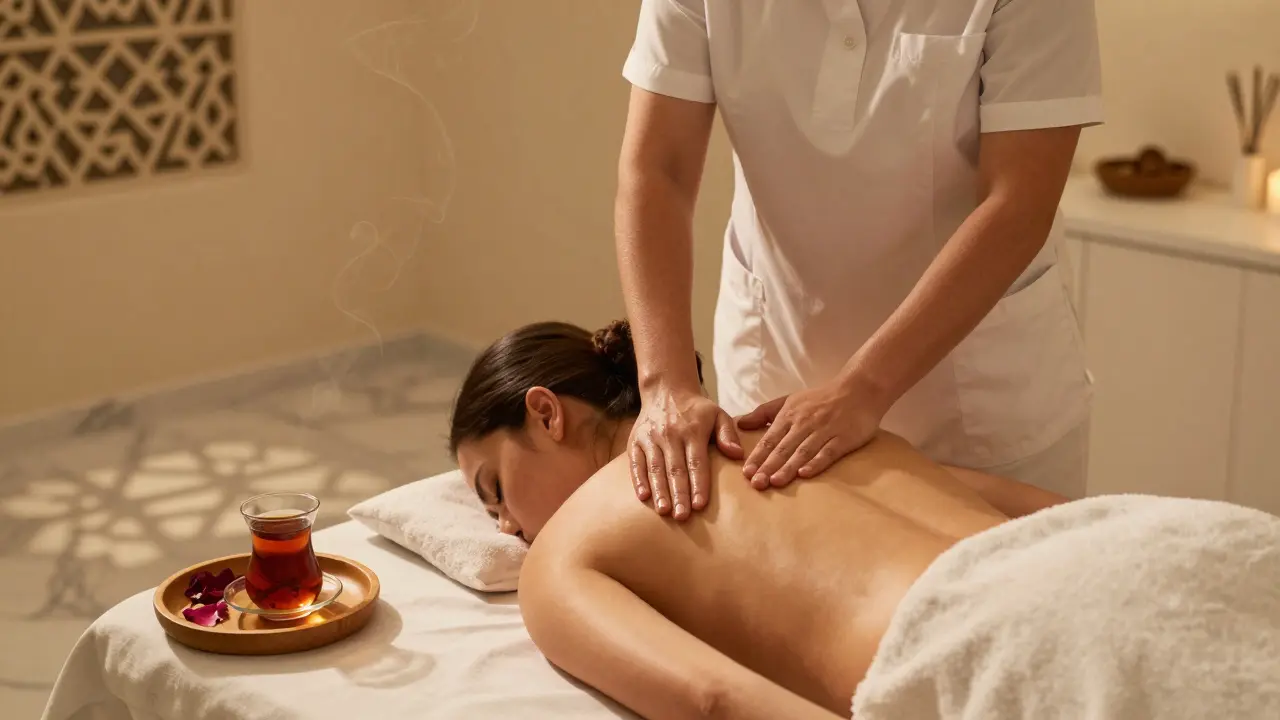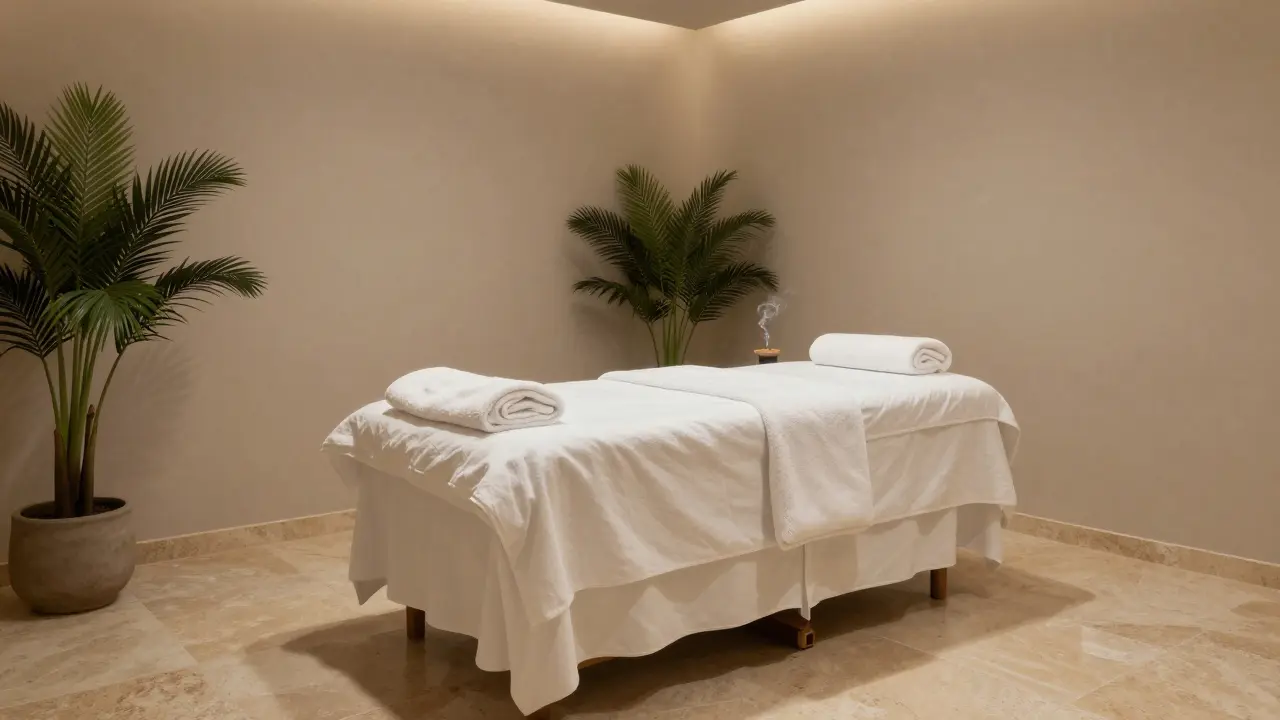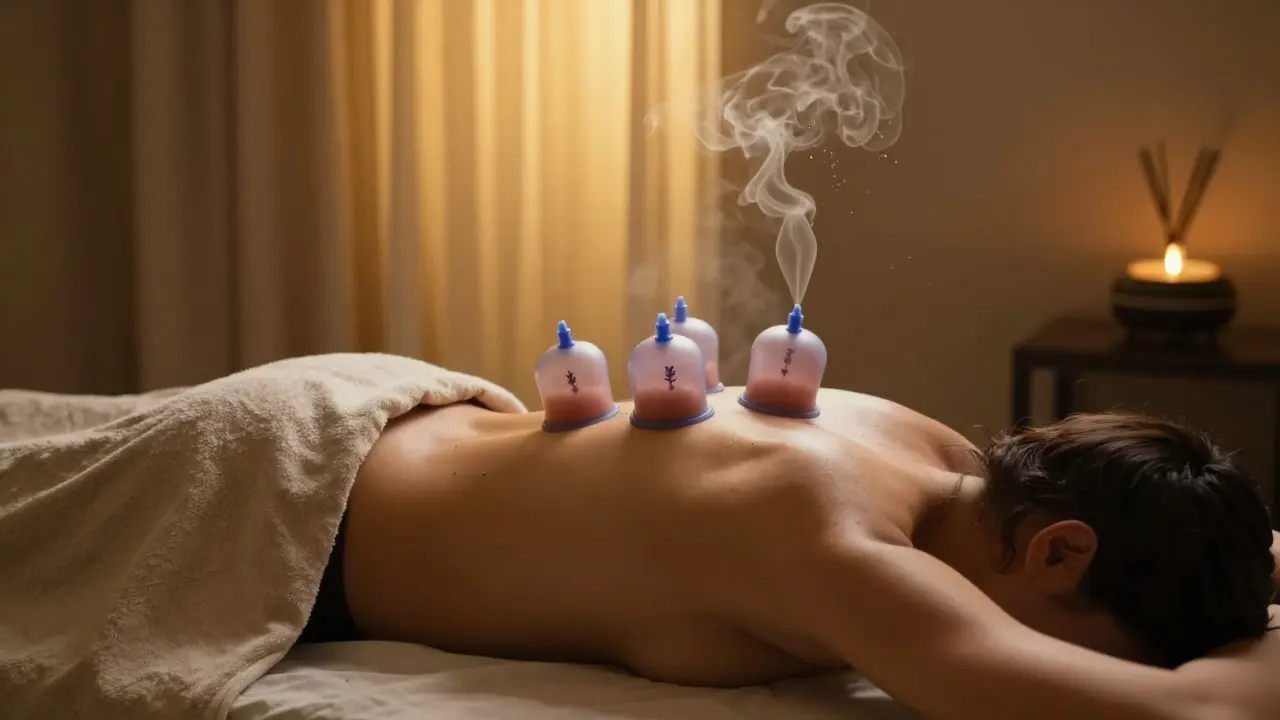Cupping Wrong: Common Mistakes and How to Avoid Them
When practicing Cupping Therapy, a traditional technique that creates suction on the skin to boost circulation and release tension. Also known as cupping, it can feel amazing when done right, but many people wonder how they can get it wrong.
If you’ve ever noticed cupping marks that look darker than expected, you’re not alone. The color and intensity of those marks depend on how the treatment is applied, the client’s skin type, and the level of suction used. A common mistake is using cups that are too strong or leaving them on for too long, which leads to bruising rather than the subtle reddening most practitioners aim for. Dark Cupping Marks, deep purple or black discolorations that indicate excessive blood pooling under the skin often signal that the therapist didn’t adjust the pressure for the individual’s tolerance. Proper skin preparation—cleaning, drying, and sometimes applying a thin oil layer—helps the cups glide smoothly and reduces unwanted friction. Skin Safety, the practice of protecting the epidermis from injury during any bodywork is essential; skipping this step can turn a relaxing session into an uncomfortable one. A skilled practitioner, whether a licensed massage therapist or a certified wellness specialist, knows how to read the client’s feedback and adjust the suction accordingly. Massage Therapist, a professional trained to apply hands‑on techniques safely and effectively plays a critical role in preventing adverse reactions, because they can instantly modify cup placement or pressure if signs of discomfort appear. In short, cupping therapy requires proper equipment, attentive technique, and a focus on skin safety to avoid the pitfalls that cause dark marks.
What Often Goes Wrong and How to Fix It
Many clients think that any dark spot means something is seriously wrong, but in reality, the body’s response to suction varies. When the suction is too high, the skin may experience micro‑vascular rupture, leading to the intense coloration we call dark cupping marks. Lowering the pressure, reducing session time, and ensuring the cups are clean and appropriately sized can dramatically improve outcomes. Another frequent error is overlapping cups on the same area without a break, which can overwhelm the tissue and cause lingering soreness. Professionals at a Wellness Spa, a facility that offers a range of therapeutic services in a controlled environment have protocols for rotating cup placement and monitoring client feedback in real time. They also keep a record of each client’s skin response, which helps tailor future sessions. Remember, cupping therapy encompasses both the mechanical action of suction and the therapeutic intent of promoting circulation; ignoring either side can lead to ineffective or even harmful results. By pairing proper skin preparation, calibrated suction, and attentive therapist guidance, you turn a potentially risky practice into a soothing, beneficial experience.
Now that you’ve seen the main reasons cupping can go wrong and the steps to keep it safe, the articles below dive deeper into each aspect—whether you’re curious about the science behind dark marks, need safety tips for first‑time users, or want to learn how professional spas manage the process. Keep reading to discover practical advice, common pitfalls, and expert recommendations that will help you enjoy cupping without the unwanted side effects.






